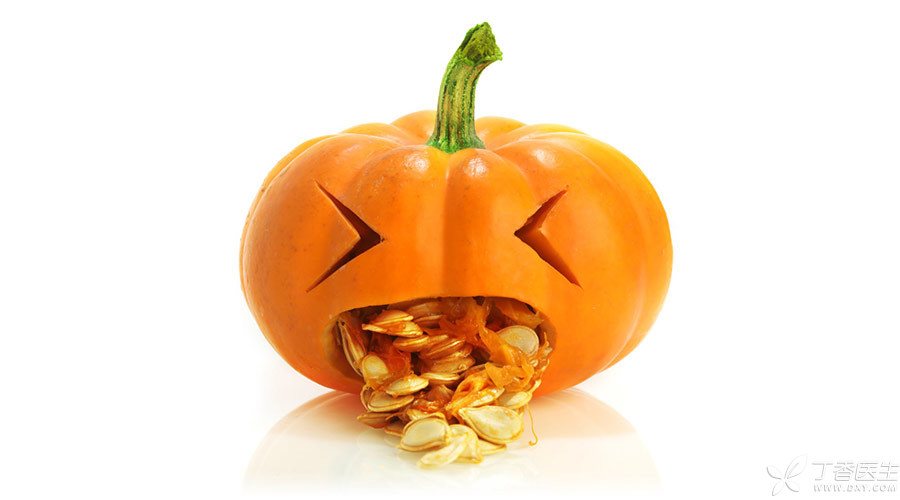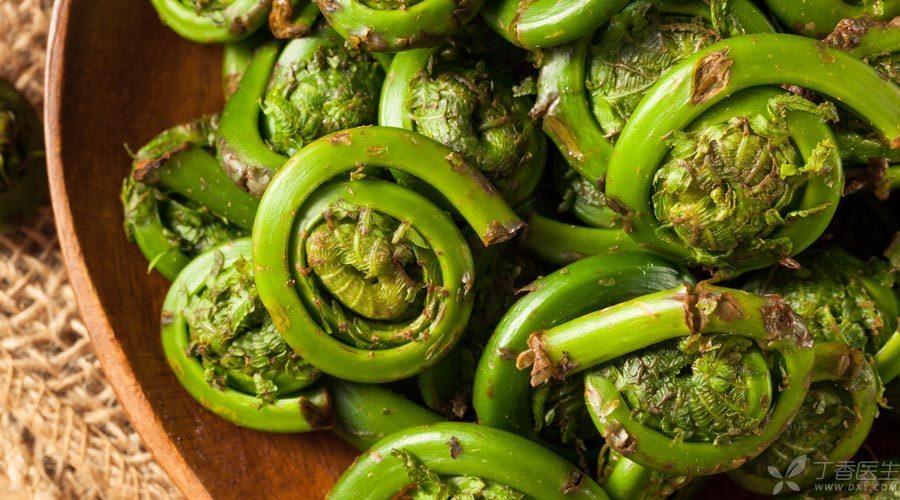
Eat more vegetables.
We may have heard this sentence from an early age, and no one will think that vegetables have what problems.
However, some vegetables are not only not allowed to eat more, but even [not to eat if you can], such as the three [poisonous] vegetables to be introduced today.
In 2015, I put forward the statement of “China’s Three Poisonous Vegetables”, including the recent “Net Red” Houttuynia cordata Thunb (folded ear root).
However, it is definitely not for no reason that these three vegetables are poisonous. I will explain in detail next.
Houttuynia cordata Thunb: Risk of Kidney Injury
Houttuynia cordata Thunb (folded ear root) is a popular flavor vegetable in Southwest China. Its biggest problem is that it contains a kind of substance called aristolochic lactam, which may have nephrotoxicity.
To understand [aristolochic lactam], one must first know aristolochic acid.
Aristolochic acid is one of the strongest carcinogens known. Even a very small amount can cause obvious DNA damage, thus leading to various cancers such as renal cancer.
When aristolochic acid enters the human body, it will be metabolized into aristolochic lactam, and it is aristolochic lactam that reacts with DNA.
Studies have shown that direct intake of aristolochic acid can also lead to damage similar to that of aristolochic acid, indicating that Houttuynia cordata containing aristolochic acid may also have potential nephrotoxicity and carcinogenicity.
Although several aristolochic lactams contained in Houttuynia cordata Thunb are different from the most toxic aristolochic lactam, the potential carcinogenic groups in the molecules of aristolochic lactam substances are the same, and the molecular structures of different kinds are different only in some details.
Considering the similarity of their molecular structures, it is prudent to speed up relevant toxicological and epidemiological studies and remind the public before the research conclusions are reached:
Eating Houttuynia cordata Thunb may hurt the kidney and may cause irreparable damage.
Pteridium aquilinum: Carcinogenic Evidence Is Relatively

Among the [three poisonous vegetables], bracken has the most sufficient carcinogenic evidence.
- Animal experiments have already had relatively positive evidence that bracken is carcinogenic. Epidemiological studies conducted in Japan, South Wales and other regions of the United Kingdom have also found that eating bracken is obviously correlated with the occurrence of upper digestive tract cancers such as esophageal cancer and gastric cancer. The carcinogen in bracken has been determined to be [protopterin], and the academic circle has discovered its carcinogenic mechanism-after several steps of metabolism in human body, it can form an intermediate metabolite, causing DNA molecule damage and inducing cancer.
Of course, human cancer is a complicated process affected by many factors, not to say that eating bracken is 100% carcinogenic, but judging from the current evidence:
Eating bracken regularly has a clear carcinogenic risk, which we must understand.
In addition, it is worth mentioning that fresh bracken tastes bitter and astringent and is usually processed.
Although this process can remove most of the protopterin, there will still be some left, so there is still a carcinogenic risk after eating.
Red Phoenix Vegetable: Risk of Liver Injury
Red phoenix vegetable is the latest popular among the three poisonous vegetables and has the most aliases, such as red back (shellfish) vegetable, purple back (shellfish) vegetable, blood (snow) skin vegetable, Guanyin vegetable, red back notoginseng, purple back notoginseng, etc.
Because of its bright red color, some even call it [enriching blood vegetable].
In fact, Hongfeng cabbage contains [pyrrolizidine alkaloids] (PA for short), which has potential hepatotoxicity and is a very big health hazard.
Like aristolochic lactam, PA is not a substance, but a kind of substance with many kinds. At present, there are more than 660 kinds known, some of which have strong hepatotoxicity to human beings or show carcinogenicity in animal experiments.
In addition, Chrysanthemum notoginseng (Panax notoginseng), a close relative of the same genus as Red Phoenix, can cause hepatic venule occlusion, liver fibrosis, and in severe cases, acute liver failure and even death.
Therefore, Hongfeng vegetable may also have potential hepatotoxicity and carcinogenicity, and may cooperate with aflatoxin and hepatitis B virus to increase the risk of primary liver cancer.
Like Houttuynia cordata Thunb, it is safe to speed up relevant toxicological and epidemiological studies and remind the public before the research conclusion is reached:
Eating red phoenix vegetables may have the risk of liver injury.
To sum up:
If you don’t have the habit of eating these vegetables, then don’t eat them.
On the contrary, if you like to eat vegetables such as folded ears very much and are willing to bear the carcinogenic risk alone for the sake of your stomach and stomach, this is also a rational approach after weighing the pros and cons, and there is nothing wrong with it.
In contrast, some media have used [talking about toxicity out of dose] here and forced [refuting rumours] to say [there is no need to worry about cancer caused by ear folding], which can be said to be ignorant and pretending to understand.
Because as long as it is a definite or possible human carcinogen, there is no safe dose, if there is no special reason, try not to contact, is the best choice.
Finally, I would like to say to those irresponsible media and individuals:
You are willing to eat, no problem, but don’t mislead others, this is the basic responsibility of a normal adult.
After all, there are still so many children who do not have the ability to judge independently. If they suffer from this, will your conscience not hurt?
